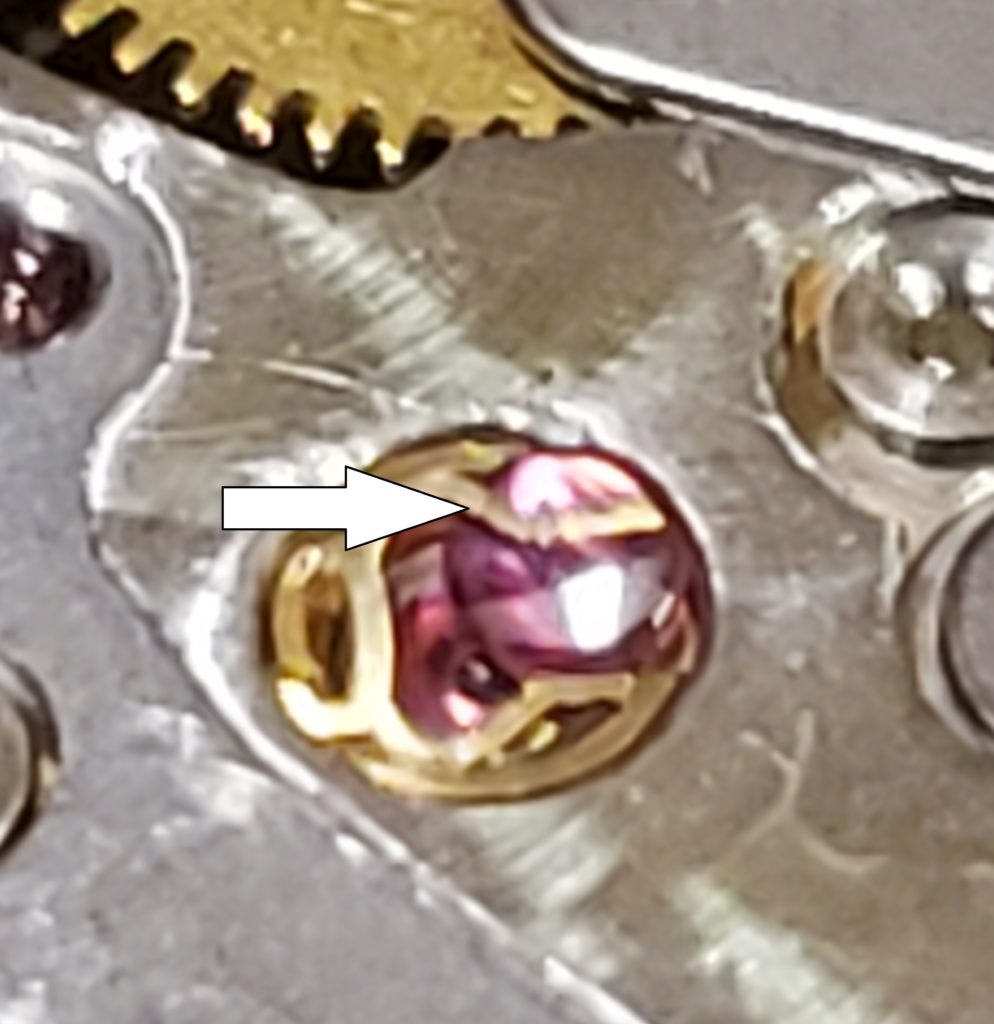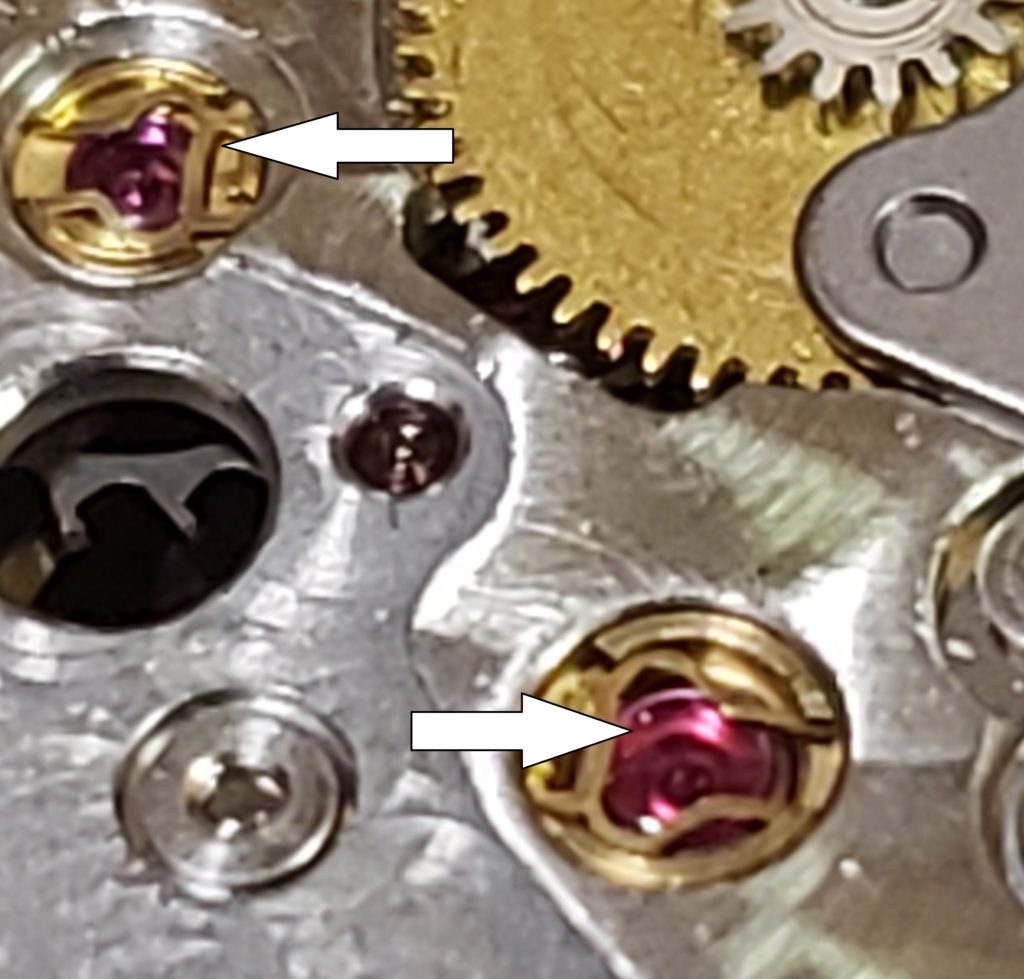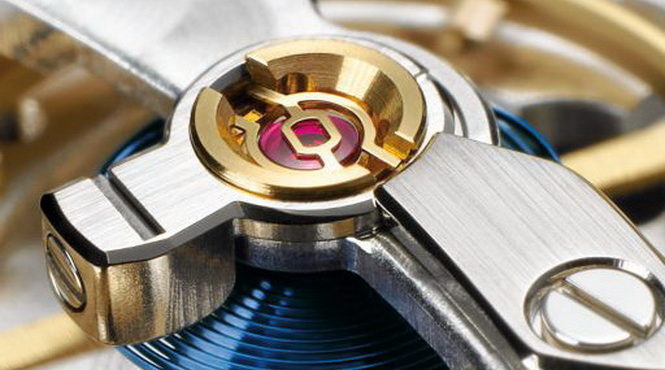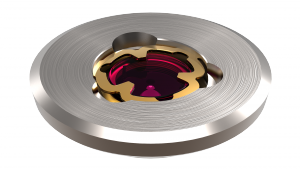Shock Resistance is a fairly recent term in the world of watches. As more and more people are leading active lifestyles, watch brands are going to great lengths to create timepieces that are resistant to damage when dropped or when subjected to stringent and constant motion
The balance wheel is one of the most critical parts of a mechanical watch. The balance and hairspring are the parts that regulate the watch and ensure that your watch is running on time. If a watch is dropped, it can damage the wheel’s delicate pivots and either cause your watch to stop or run inaccurately. In 1934, two Swiss engineers Georges Braunschweig and Fritz Marti invented the Incablocc shock protection system in order to relieve the balance wheel from such shock. Prior to this time, broken balance staffs were a common problem.
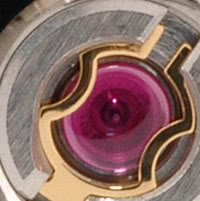
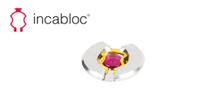
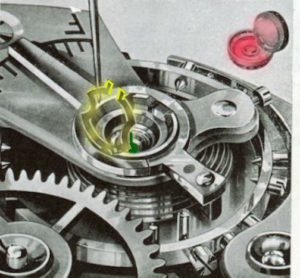
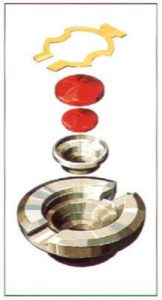
Supporting the balance wheel is no easy task. The pivots and jewel bearings are quite fragile and easily damaged. The Incablocc system uses a specially shaped spring (like a lyre) to allow the bearings to shift a little. By doing this, the pivots and bearings don’t have to bear the brunt of the force itself. After the shock, the spring guides the parts back to where they belong.
Other types of Shock springs
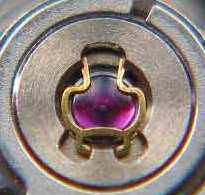
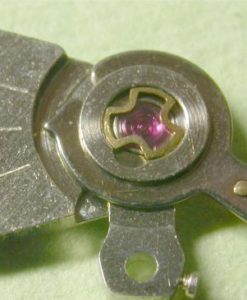
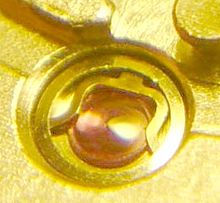
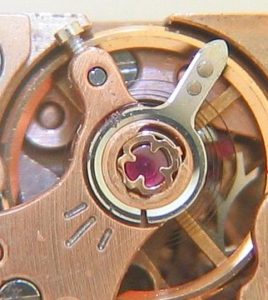
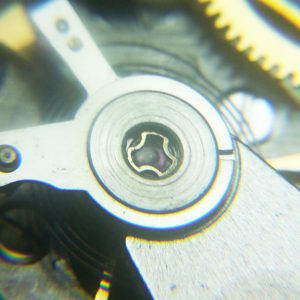
Shock springs are a great idea and most styles work as designed. The problem is they are made of brass and can break if not handled correctly. Also, since they are brass, if you drop one, they are just about impossible to find, since they are non magnetic. If an Incabloc spring needs to be replace, that is a project that is just about impossible to do. The springs are so thin and difficult to hold. that any repair or replacement will make any watchmaker earn their money!!
Wyler Inca Flex balance wheel
Back in the late 60’s the Wyler watch company took shock resistance one step further, when they invented the Inca Flex balance wheel. The balance was constructed in such a way that it also added to the shock resistant properties of the watch. A novel idea that never really caught on.


Vintage Pocket watch balance jewels
Older watches have balance jewels that offer no shock absorption to the balance wheel. Anyone that uses a vintage pocket watche, knows that a drop to a hard surface is going to end in a broken balance staff. Even if the staff does not break, it can bend slightly causing the watch to run erratically. So the invention of shock springs was a huge leap forward in making a watch more reliable in everyday use.
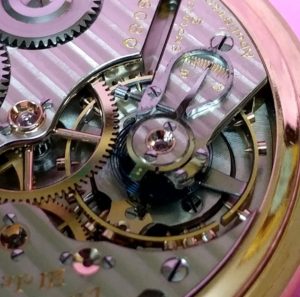
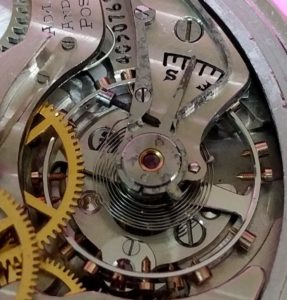
Some brands today also deal with the issue of shock resistance by using new materials for the balance and hairspring. This includes using synthetic jewels, silicon hairsprings, non-ferrous escape wheels, as well as adding inner and outer containers to the housing. Some brands have even developed all new case constructions with pressure absorbing elements.
Please keep in mind that there is no such thing as “Shock Proof”. I see Rolex watches come into my shop that have a broken balance staff. Even though they have great shock springs, if you drop it hard enough you can still break a staff.
